Christie's held two science-related auctions last week. The first was an online only sale entitled "On the Shoulders of Giants: Making the Modern World," which ran from May 16 to May 23, followed by a Science & Natural History sale held in London on May 24. Across the two, some quite remarkable scientific artifacts were on offer. From T-Rex teeth to tribolites to words of wisdom from Mr. Einstein, here's our pick of the offerings.
The foundations of digital computing

Price: $37,995 (£30,000) | Auction Link
The 2014 feature film The Imitation Game brought British mathematician Alan Turing into the public consciousness in relation to his work on encryption, but his contribution to computing in general is far greater. His paper "On computable numbers, with an application to the Entscheidungsproblem" was published in three parts in the Proceedings of the London Mathematical Society, introducing the concept of a "universal machine" – sometimes referred to as the "Turing machine" – for the first time. This rare set of the three relevant copies of Turing's paper, represents a landmark in the history of computing.
Dodo skeleton (and sculpture)
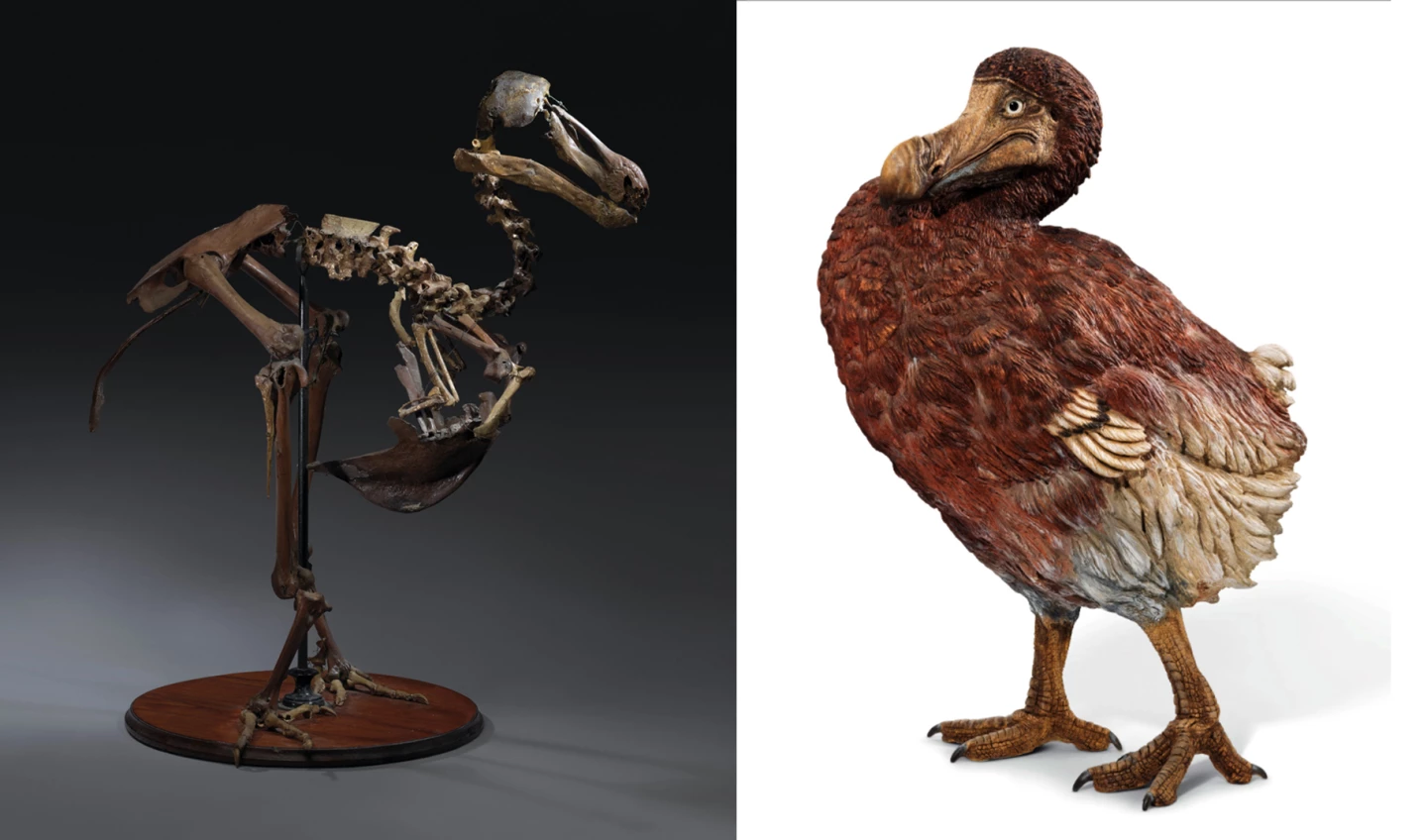
Price: $623,702 (£491,250) | Auction Link
The flightless dodo bird (Raphus cucullatus) has been a symbol for extinct species in general for more than a century, thanks to being popularized by Lewis Carroll who used the Dodo as a character in Alice's Adventures in Wonderland. A native of Mauritius, the last live specimen was seen in 1662. This specimen is the only complete skeleton to have been assembled in the 19th century still in private hands. There's a more complete story and video about the Dodo on Christie's site, and though imagery of the bird is rare, a Dodo sculpture by Michele Vitaloni sold for $25,392 (£20,000) at the same sale.
Triceratops Vertebra

Price: $7,142 (£5,625) | Auction Link
The massive three-horned Triceratops dinosaur lived in North America in the period from 68 million years ago until the Cretaceous–Paleogene extinction event 66 million years ago. This Triceratops vertebra was found in the Hell Creek Formation in Montana and is 19 ½ inches (49.5 cm) tall.
36 inch Triceratops Horn

Price: $25,392 (£20,000) | Auction Link
This Triceratops horn was found in the same Hell Creek area as the previous vertebra and indicates just how large these herbivorous creatures were. It's a brow horn (one of the two horns at the top of the face) and is 36 inches (92cm) long.
"As curious as children before the great puzzle of existence" by Albert Einstein
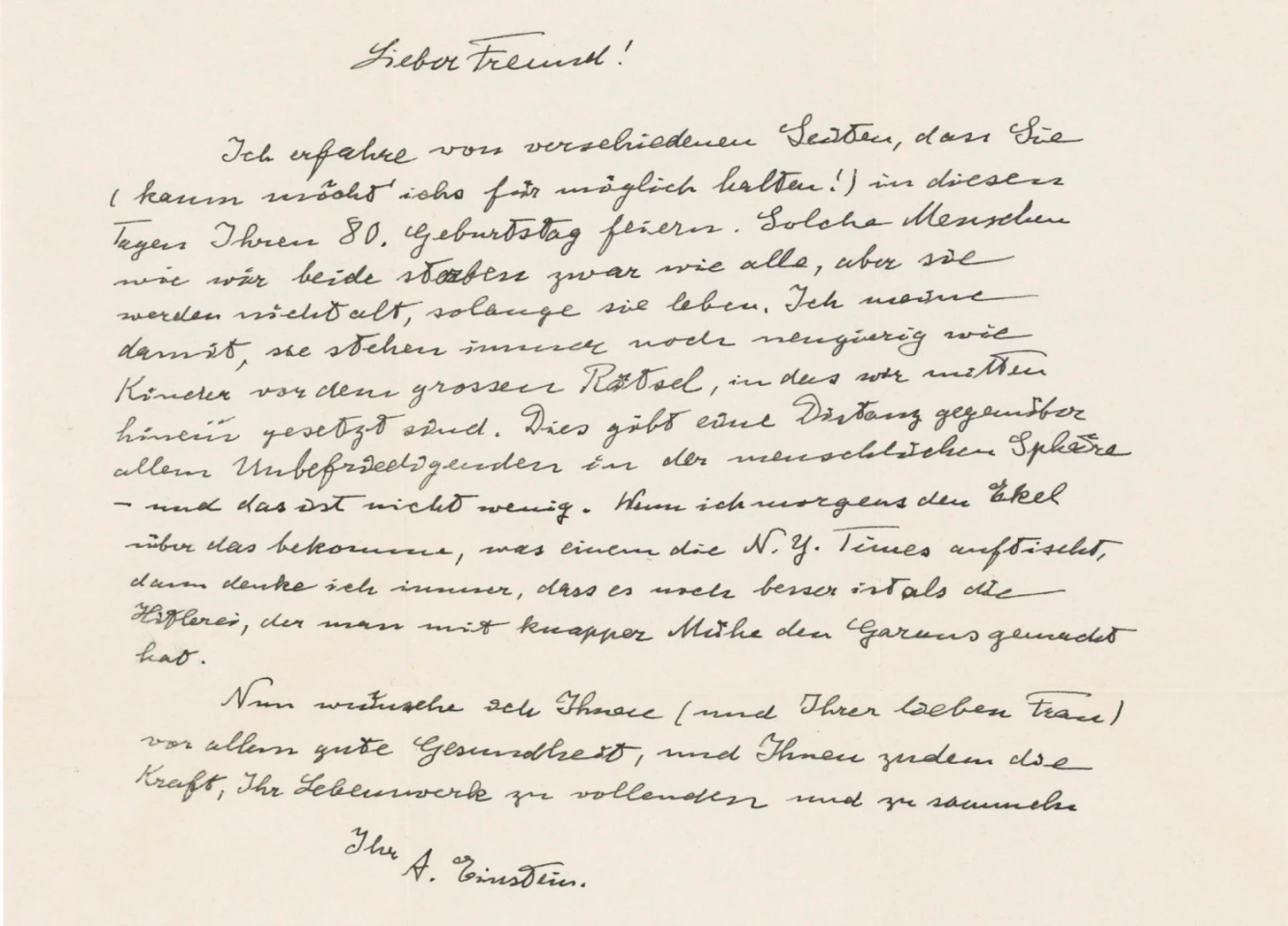
Price: $26,913 (£21,250) | Auction Link
This autograph letter from scientist and humanitarian Albert Einstein to his dear friend Otto Juliusburger, is dated September 29, 1947.Written in German, to congratulate his friend on having reached his 80th birthday, it translates in part as: "I can hardly believe it's possible! ... People like us die of course as all do, but as long as they are alive, they do not grow old. I mean that they stand forever curious as children before the great puzzle in the midst of which we have been placed. This provides a distance from everything that is unsatisfactory in the human sphere – and that is quite a lot."
Einstein reflects in the letter that whatever disgust he feels in the morning at "what the New York Times serves up, it is at least better than the Nazis." The letter closes with good wishes to Juliusburger, including for the strength to complete his life's work.
"A new definition for space-time singularity" by Stephen Hawking
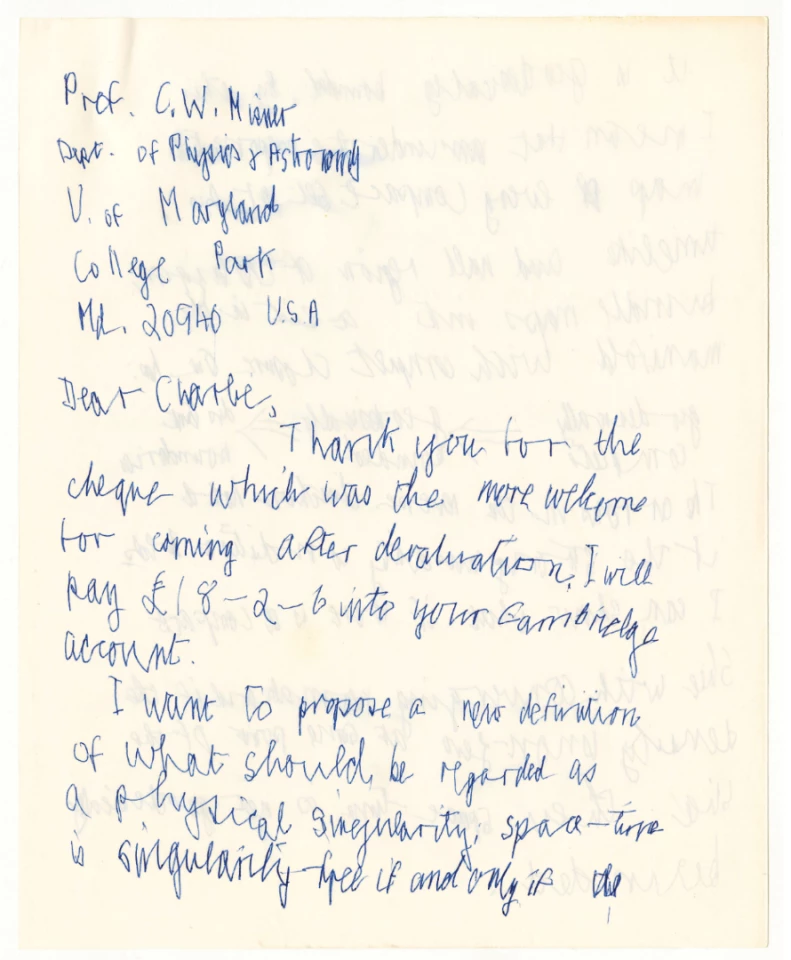
Price: $205,807 (£162,500) | Auction Link
In this 1968 autograph letter by eminent scientist Stephen Hawking' to Charles W. Misner, Hawking writes: "I want to propose a new definition of what should be regarded as a physical singularity; space-time is singularity free if and only if it is geodesically bounded. By this I mean that under the exponential map every compact set in the timeline and null region of the tangent bundle maps into a set in the manifold with compact closure."
He then goes on to illustrate his meaning, "geodesically complete => geodesically bounded => distant boundaries," noting that "the arrows in the reverse direction hold if the strong causality condition holds. I can show that is there is a compact slice with converging normals and if the density is not zero at some point of the slice then space-time is not geodesically bounded."
Extraterrestrial steel
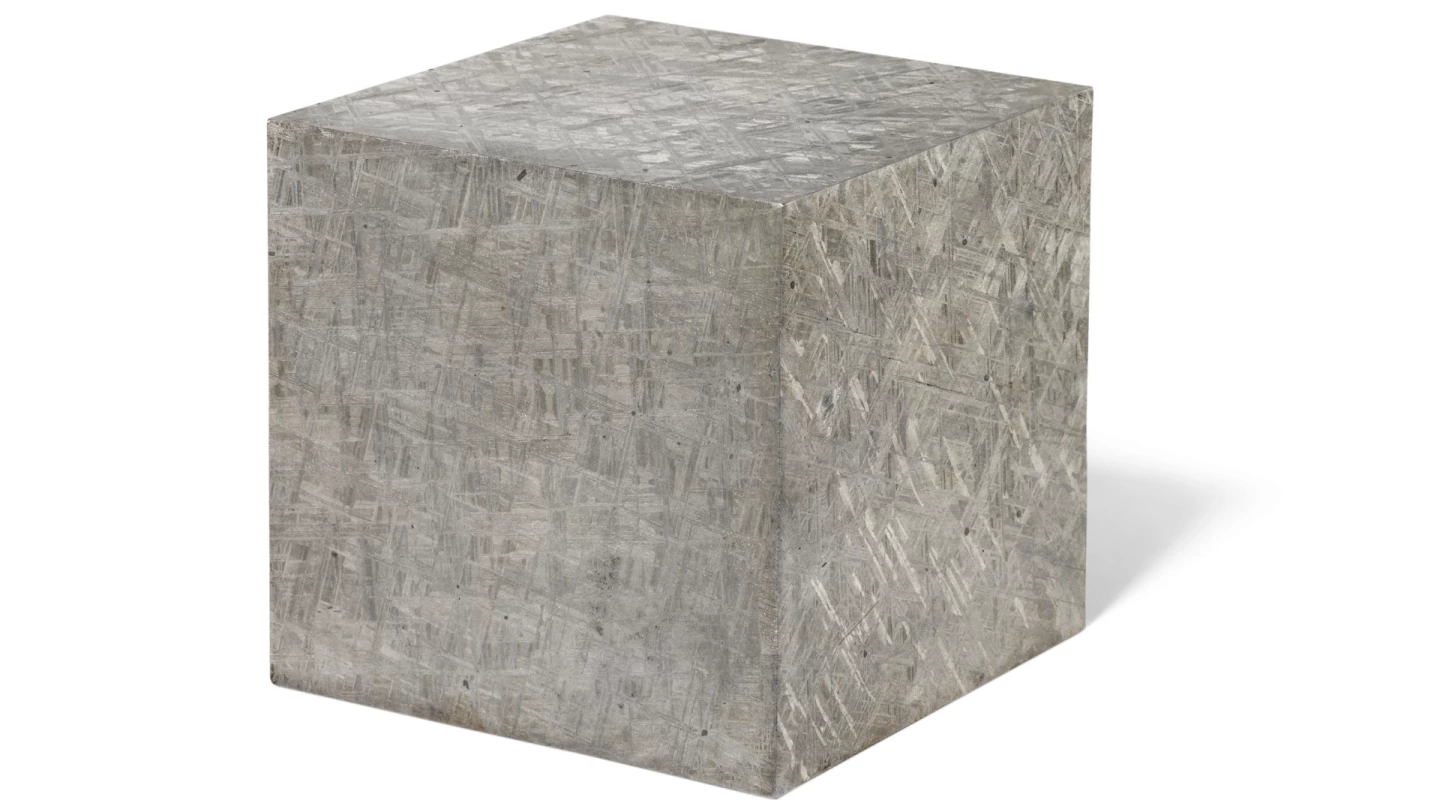
Price: $31,741 (£25,000) | Auction Link
The Muonionalusta meteorite impacted in northern Scandinavia about one million years BCE.The first fragment was found in 1906 and around forty pieces are known today, of which this is one. Modern cutting has highlighted the meteorite's octahedrite crystalline fingerprint in three dimensions, resulting in a 13.1 kg cube with 4¾ inch (12 cm) sides. This dense iron-nickel sculpture is in effect, extraterrestrial steel.
An autographed Feynman diagram
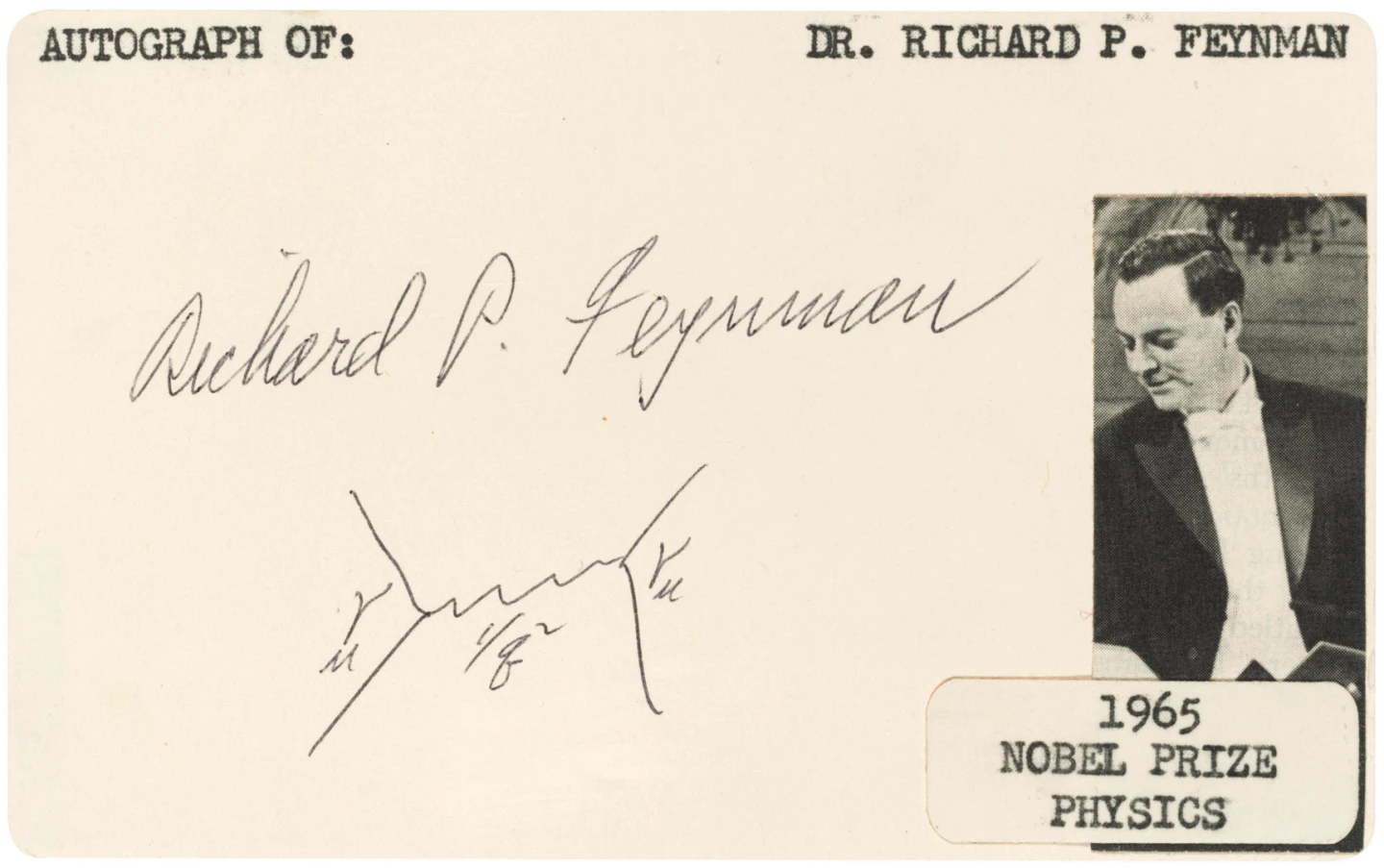
Price: $12,665 (£10,000) | Auction Link
The "Feynman diagram" is the scientist's best known contribution to theoretical physics. Feynman first introduced this ground-breaking yet brilliantly simple diagrammatic tool for visualizing the interactions between sub-atomic particles at the 1948 Pocono Conference in Pennsylvania, the second in a series of three post-war conferences convened by Robert Oppenheimer on behalf of the American National Academy of Sciences (NAS). This is the first signed Feynman diagram to appear at auction.
"Formulating the theory of gravitation" by Albert Einstein
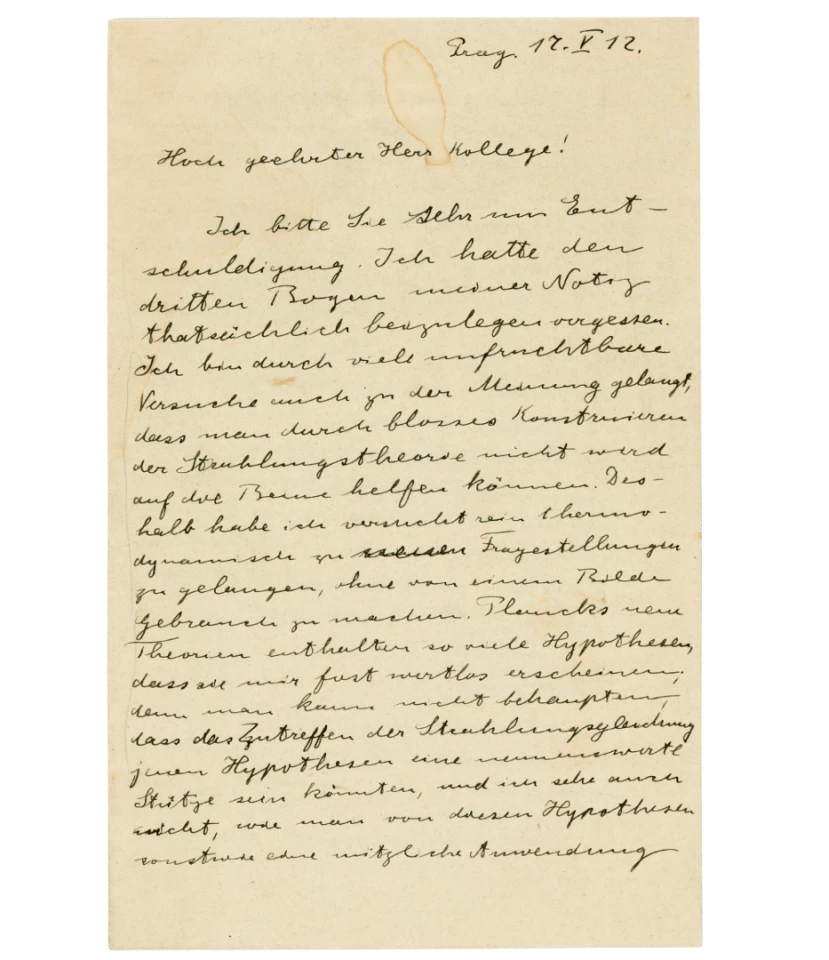
Price: $37,995 (£30,000) | Auction Link
This four page letter was written in 1912 by Albert Einstein to Wilhelm Wien, the editor of Annalen der Physik, one of the oldest and most respected scientific journals on physics. Published since 1799, the journal publishes original, peer-reviewed papers in the areas of experimental, theoretical, applied, and mathematical physics and related areas. Much more detail on the letter can be found in the auction description, including Einstein's reflection that "it is a great pity that the theory of gravitation leads to so little that is observable," and his skepticism about Max Planck's "new theories" on radiation.
11-inch Elephant Bird egg
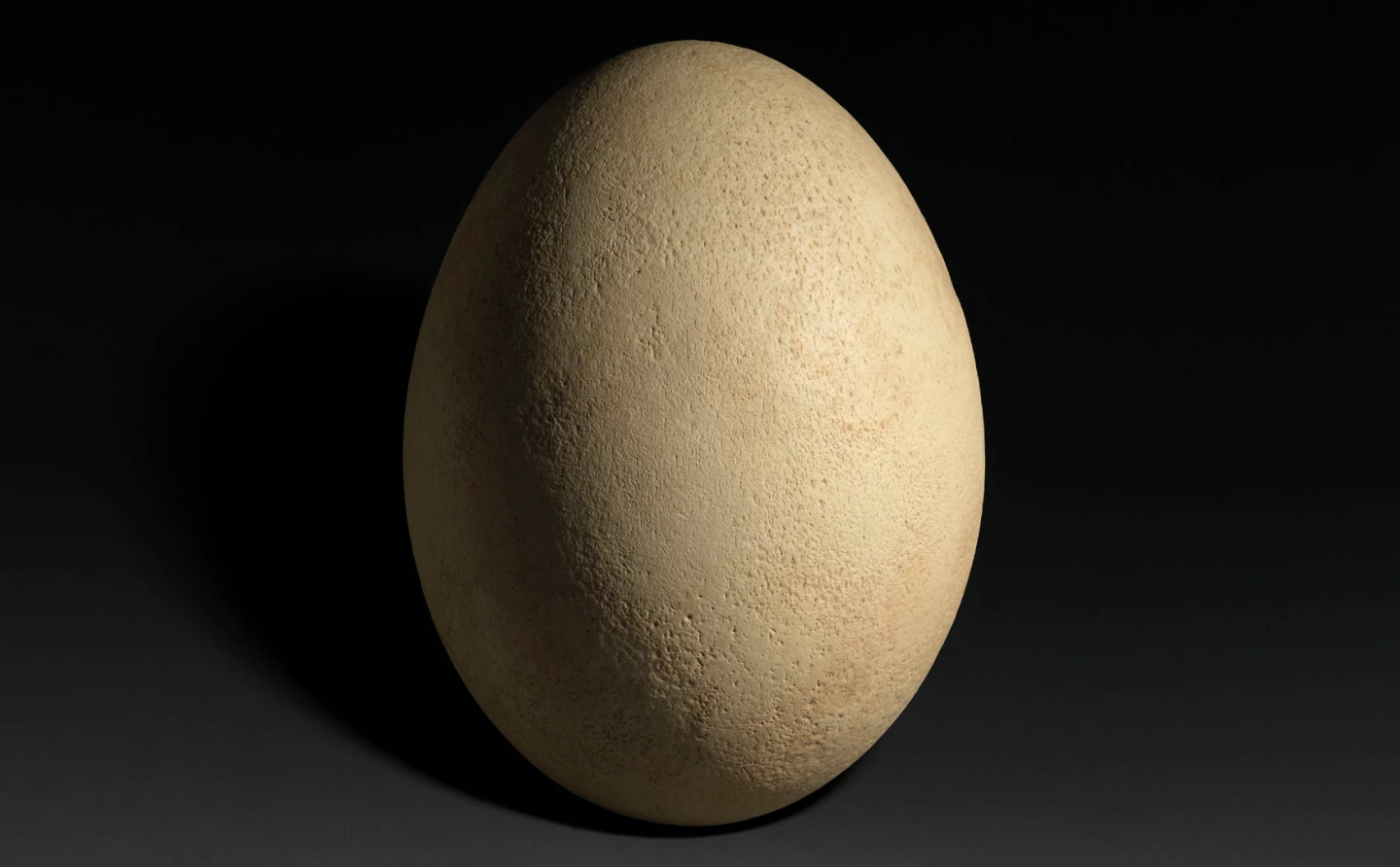
Price: $44,437 (£35,000) | Auction Link
As far as we know, the largest bird of all time was the now-extinct elephant bird (Aepyornis maximus). The flightless animal stood over 10 feet (3 m) tall and was native to Madagascar. Elephant birds died out as a species approximately 500 to 1,000 years ago, the prevailing theory being that humans reduced their habitat and/or over-hunted them.
The Elephant Bird was thought to be the giant flying beast known as the Roc (or Ruhk) in the tales of Sinbad and accounts of Marco Polo's voyages. This complete egg is 11 inches tall, and 8 inches in diameter (28 x 20 x 20cm).
Bargain basement moon rock

Price: $12,696 (£10,000 reserve - no sale) | Auction Link
Last December (2018), a few tiny shards of moon rock fetched $855,000 at auction, which is understandable given they are the only pieces of moon rock returned from lunar missions that have fallen into private hands, and the astonishing cost of the space programs that retrieved them.
There's always a better way though, and disregarding the provenance of the rocks, there's now a much more cost efficient way of getting a slice of the moon on your desk or mantlepiece.
In 1982, an expedition in Antarctica found an unusual meteorite, which was subsequently analyzed by the Smithsonian and found to resemble the rocks brought back from the Moon by the Apollo program. It turns out that the meteorites that created all those craters on the moon resulted in lumps of the moon being fired into space, and some of those rocks made it all the way to Earth.
Since then, more than 300 lunar meteorites have been discovered and roughly one in every thousand newly discovered meteorites is a lunar meteorite. The above lump of moon rock is a slice of a lunar meteorite found in the Sahara desert, weighs 26.2 grams, and measures 1 x 1 x 1 1/3 inches (25 x 29 x 34mm).
It went to auction last week with an estimate of £10,000 to £15,000 (US$12,640 to $18,960) and did not meet reserve. Provenance is a powerful multiplier on the auction block, but comparing the prices fetched for the moon rocks last December ... hey, moon rock is moon rock, isn't it?
"The greatest work in the history of science"
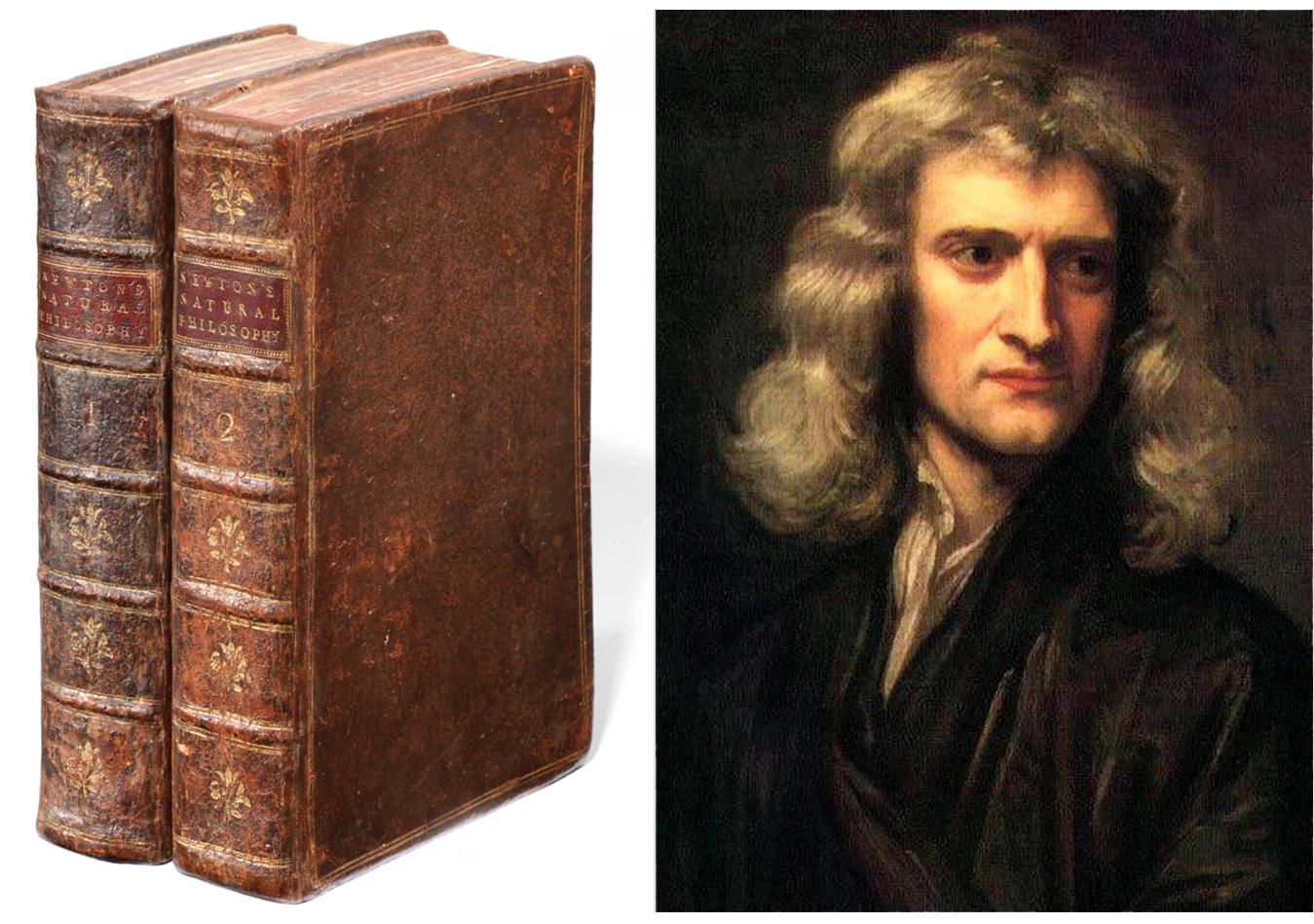
Price: $55,409 (£43,750) | Auction Link
The first edition of Isaac Newton's landmark text, Philosophiæ Naturalis Principia Mathematica was published in Latin on July 5, 1687 and when copies of that initial print run come to auction, they always appear in our annual list of the most valuable scientific documents of the year. The last full copy to reach auction sits in the Top 10 most valuable scientific documents of all time, fetching $3,719,500 at a Christies auction in New York in December, 2016.
Newton's famous work on the laws of motion and universal gravitation is often referred to as "the greatest work in the history of science," and Newtonian physics was all we knew until roughly a century ago when Albert Einstein's theory of relativity advanced our understanding in one quantum leap. Einstein was a huge fan of Newton and once referred to Newton's theories as "perhaps the greatest intellectual stride that it has ever been granted to any man to make."
The first edition of the work in English required the passing of a further 42 years, and arguably makes a far more accessible and desirable keepsake. Firstly, it is far cheaper than a Latin first edition, and most importantly, you'll be able to read it ... and maybe even understand it.
A six-inch tooth from history's deadliest predator
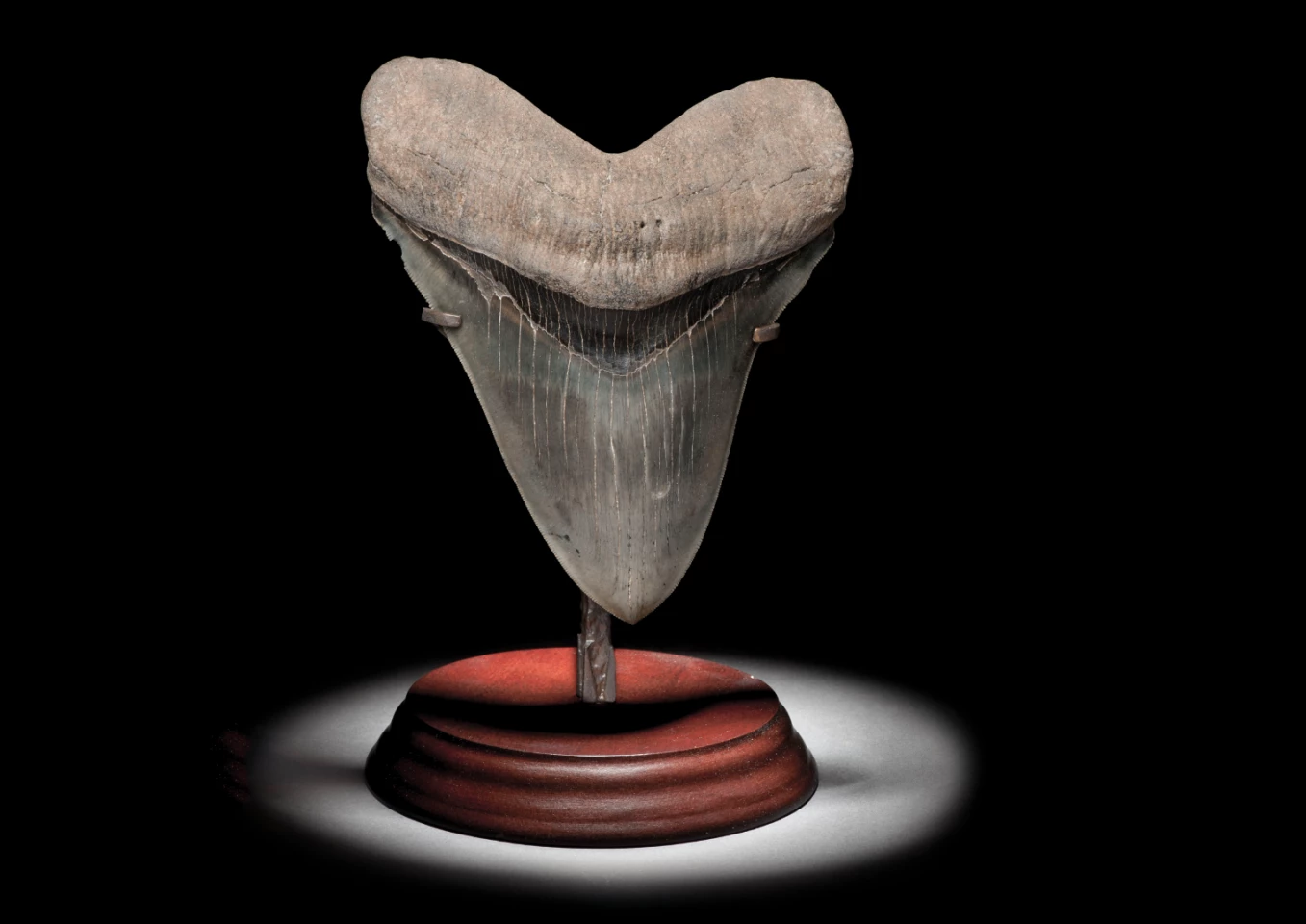
Price: $5,555 (£4,375) | Auction Link
The Megalodon (Carcharocles megalodon) is an extinct species of shark that lived from 23 to 3.6 million years ago. Its ancestry is subject to considerable debate, with current thought suggesting it diverged from the great white shark family during the early Cretaceous Period.
Family resemblance aside, the megalodon was unquestionably one of the largest, powerful and most fearsome predators to have ever lived, with fossil remains suggesting it grew to 18 meters (59 ft) with the average size being 10.5 meters (34 ft).
Scientists have calculated that megalodon jaws could exert a bite force of up to 180,000 newtons (40,000 lbf), with teeth designed for grabbing prey and crushing bone. This megalodon tooth is six inches long, and was found in the Hawthorn Formation in South Carolina. A full Megalodon jaw went to auction a few years back at Bonhams, presented in fully open pose just as its prey would have seen as it closed in for the kill – the open jaw measured 8 feet high and 9.5 feet wide.
"On finite and infinite dimensions" by Stephen Hawking
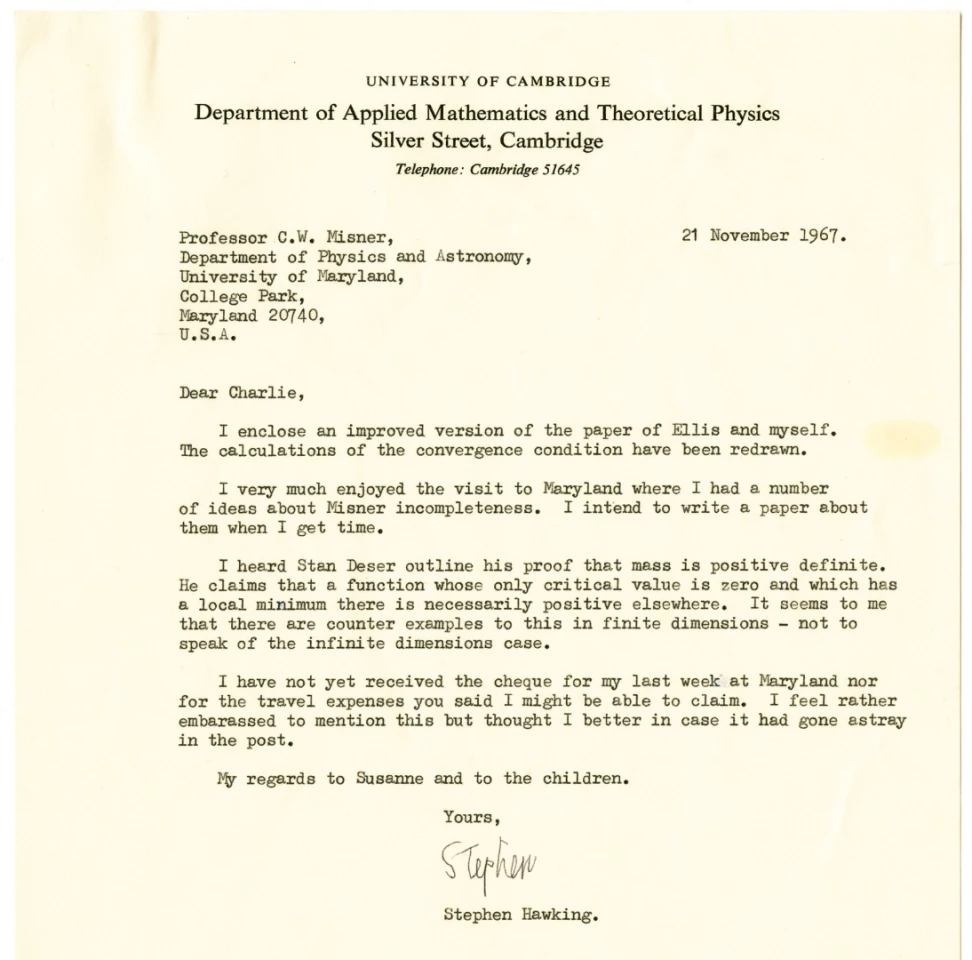
Price: $31,663 (£25,000) | Auction Link
Stephen Hawking first met the American physicist Charles W. Misner during the latter's 1966-67 visit to Cambridge. The two became close, and Hawking visited Misner at his own institution, the University of Maryland, at the end of 1967. Hawking's work on singularity theorems, which he first published in his 1965 doctoral thesis, overlapped with the research Misner was undertaking on geodesical incompleteness, a notion at the centre of the concepts Hawking was developing with Roger Penrose. Here, Hawking seemingly refers to a proof that another of their colleagues in the field, Stanley Deser, would publish the following year in The Physical Review Letters, in a paper entitled "Positive-Definiteness of Gravitational Field Energy."
"On the history and future of particle physics" by Werner Heisenberg

Price: $28,496 (£22,500)| Auction Link
German theoretical physicist Werner Heisenberg was one of the key pioneers of quantum mechanics. He is best known for the Heisenberg uncertainty principle, which he published in 1927 and was awarded the 1932 Nobel Prize in Physics "for the creation of quantum mechanics."
This autograph manuscript is entitled "Entwicklung der Theorie des Elementarteilchen" (Development of the theory of the particle), and is a draft of a lecture given at Eotvos Lorand University in Budapest on March 5, 1964.
On the role of intellectuals in promoting peace Albert Einstein
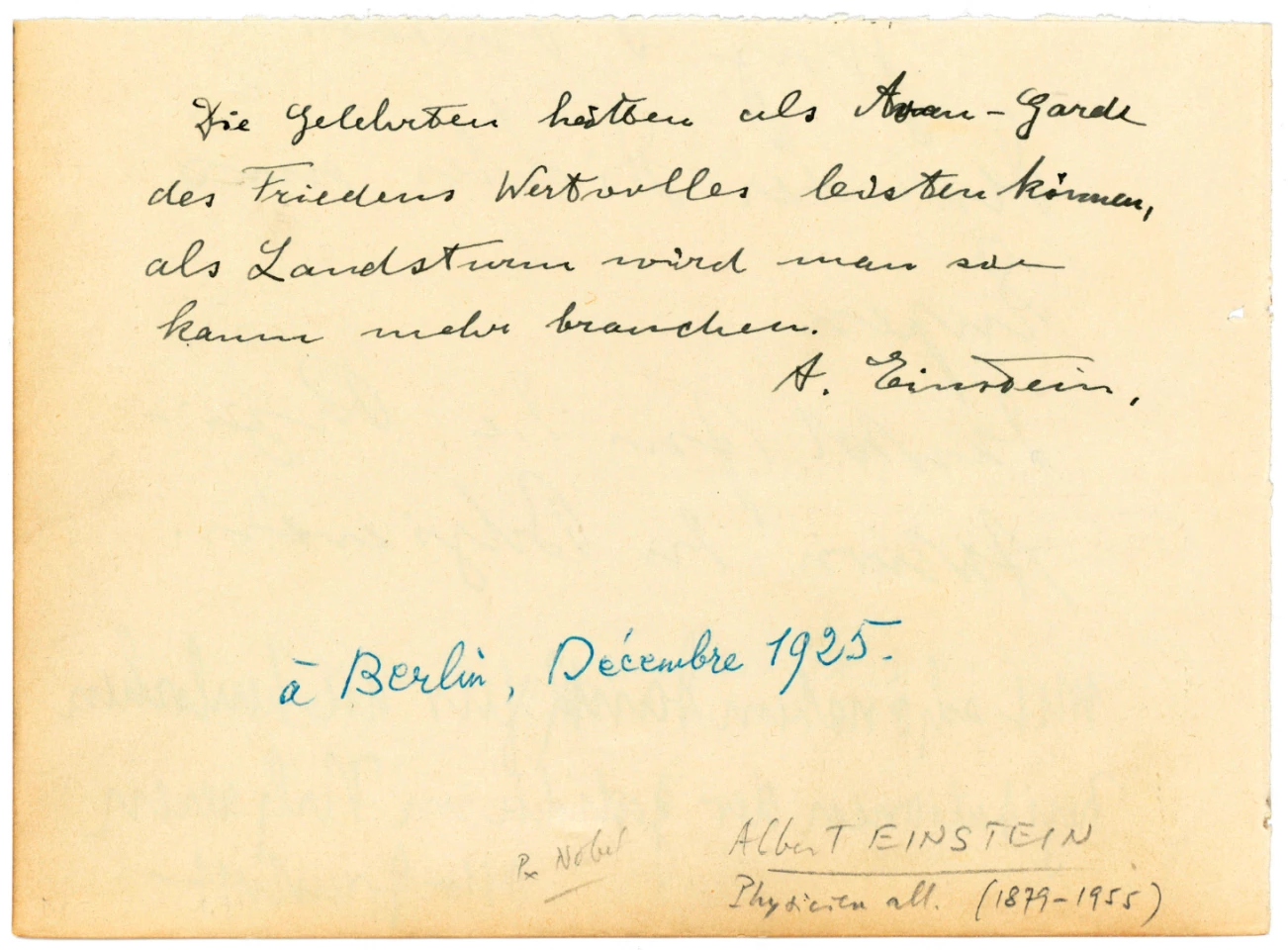
Price: $9,499 (£7,500) | Auction Link
This brief autographed note from Albert Einstein reads: "Die Gelehrten hätten als Avan-Garde des Friedens Wertvolles leisten können, als Landsturm wird man sie kaum mehr brauchen." (As the vanguard of peace, intellectuals could have achieved something valuable; as its home guard, they will hardly be of use to anyone.)
Apple I Computer

Price: $470,189 (£371,250) | Auction Link
Apple I computers are the hottest ticket in computer history on the auction block with the world record being $905,000 for an Apple I motherboard, and prices for full computers having twice breasted the half a million mark at $626,967 (€492,000) and $664,261 (€513,660).
Tyrannosaurus-Rex Tooth

Price: $17,457 (£13,750) | Auction Link
The aptly named Tyrannosaurus rex (the name means "tyrant lizard king") is the most iconic of dinosaurs, with a reputation considerably enhanced by a starring role in Michael Crichton's best-selling 1990 novel Jurassic Park, Steven Spielberg's 1993 box office blockbuster of the same name.
This 3-inch tooth from a T-rex was found in Montana's Hell Creek Formation, and such is the power of media and the immutable laws of supply and demand, it fetched more at auction than even the most generous tooth fairy might have considered.
Gemstones from outer space
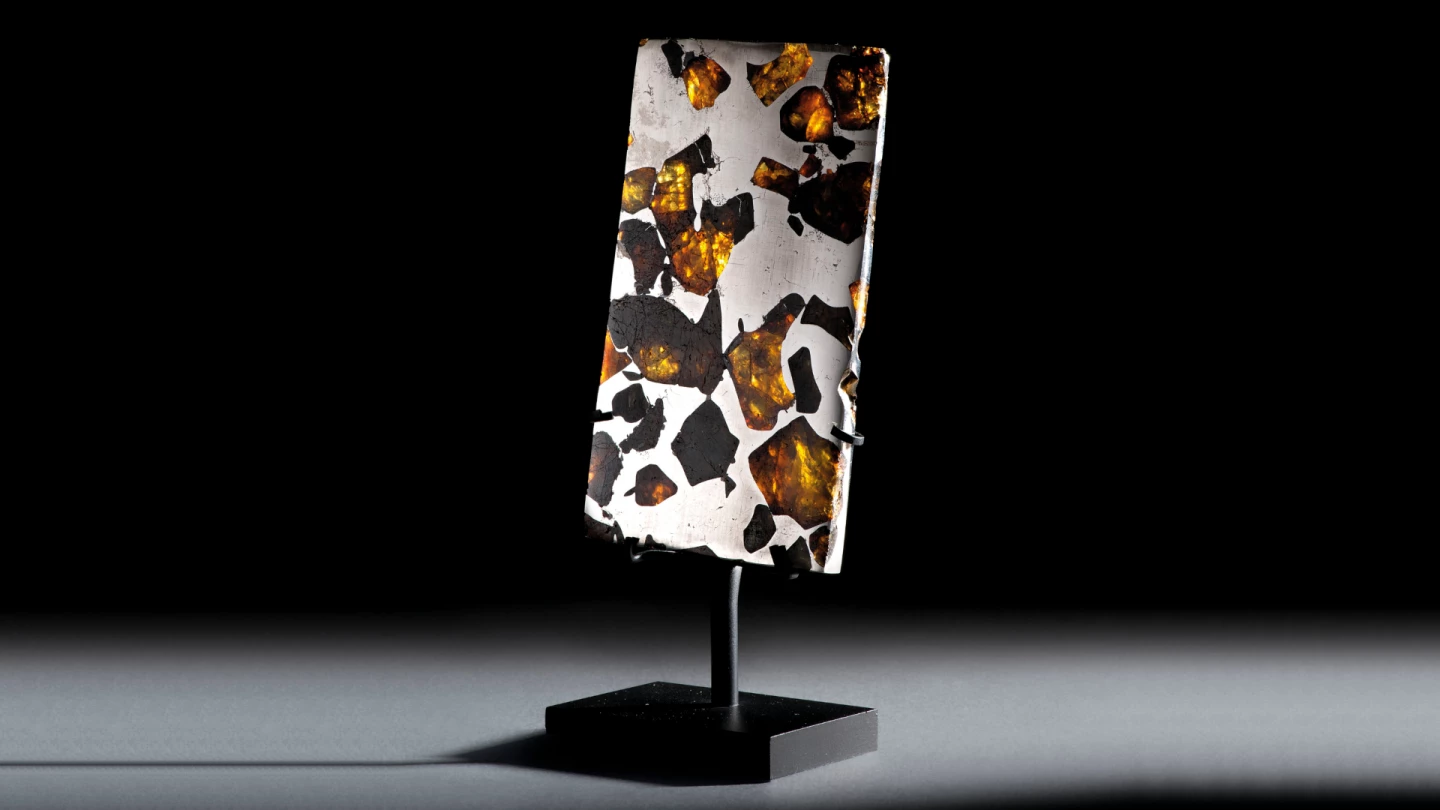
Price: $6,348 (£5,000) | Auction Link
From the Fukang, in the Xinjiang Uyghur Autonomous Region (the home of the best known meteorite in history), this partial slice of a meteorite features a mosaic of sparkling olivine and peridot in a gleaming iron-nickel matrix, which has been polished to a mirror finish on both sides.
Words of wisdom from Albert Einstein
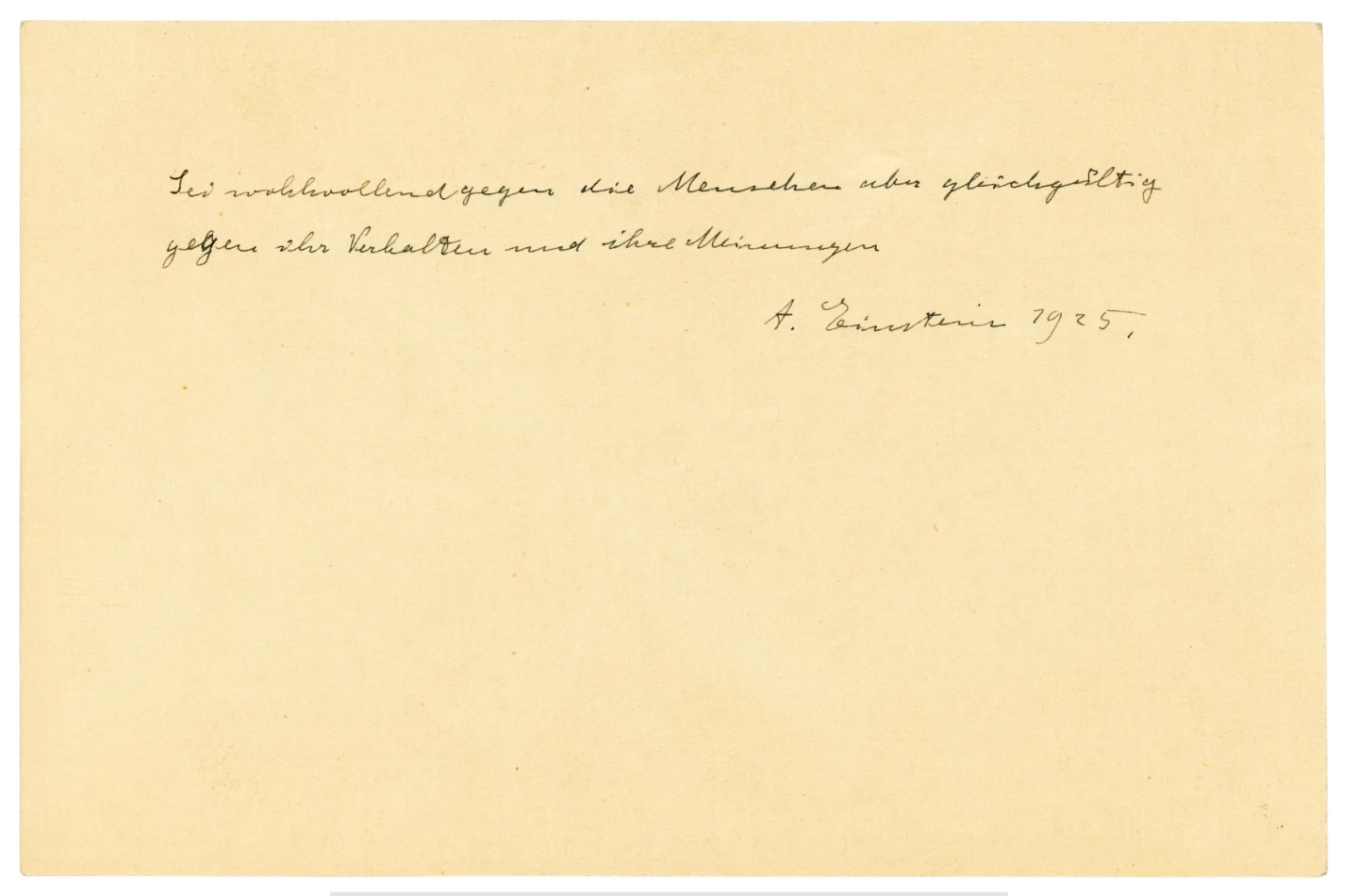
Price: $15,831 (£12,500) | Auction Link
Albert Einstein is perhaps the most universally admired individual in history. As we noted in our Top 50 Scientific documents of 2017 feature, the simplest of Einstein memorabilia often fetches a fortune at auction. That article chronicles two similar notes of wisdom that fetched far more than this autographed paragraph, suggesting it will more than hold its value.
In German, it reads: "Sei wohlwollend gegen die Menschen aber gleichgültig gegen ihr Verhalten und ihre Meinungen," which means "Be benevolent towards people but indifferent to their conduct and opinions."
The extinct survivor
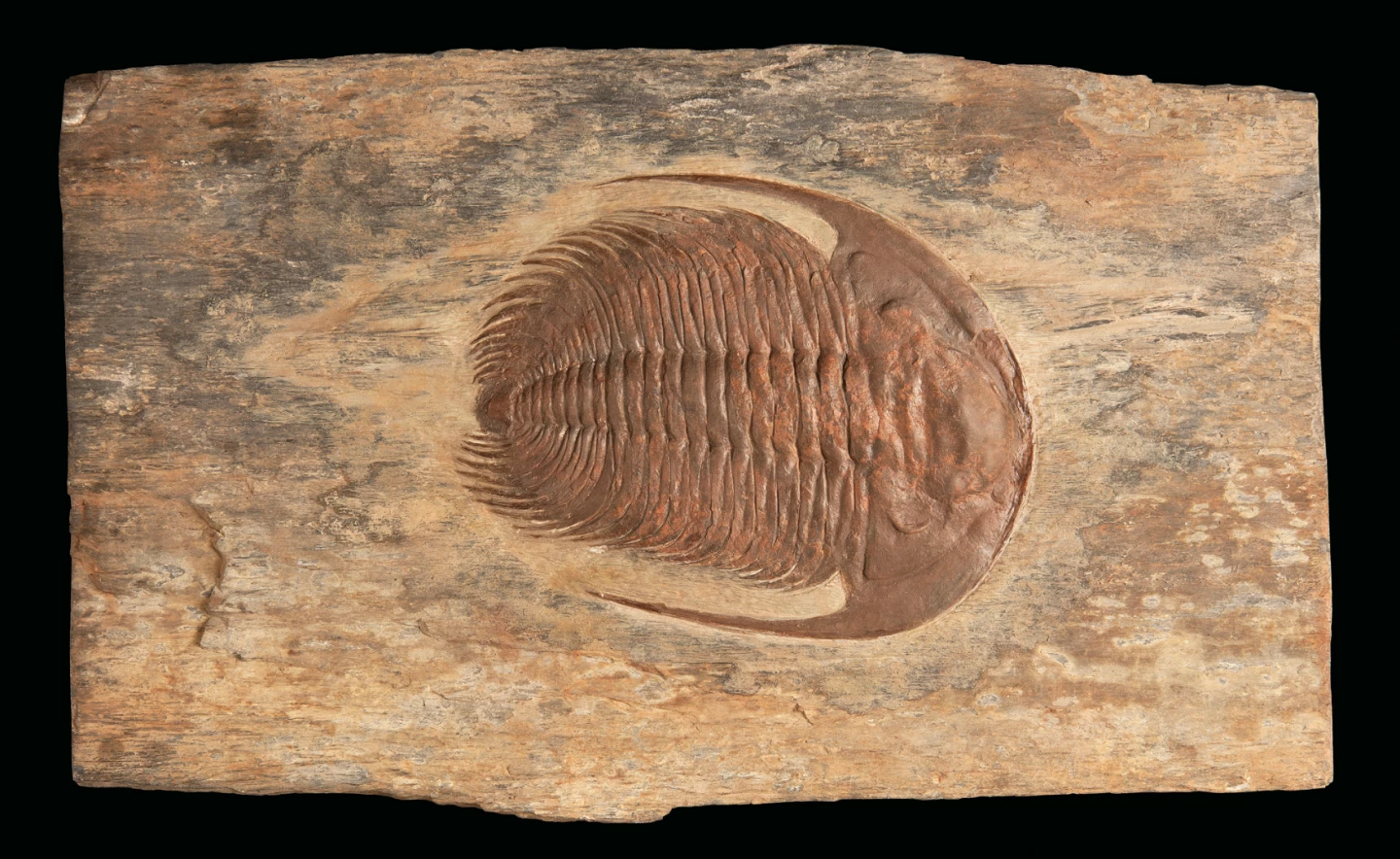
Price: $3,174 (£2,500) | Auction Link
Though now extinct, the trilobite was one of Planet Earth's great survivors, first appearing in the fossil record 520 million years ago before finally falling prey to the Permian extinction after nearly 300 million successful years. Trilobites were so common and diverse that they are often used by geologists and paleontologists to date the rock formations in which they are found.
This 11-inch fossil specimen of Acadoparadoxides briareus was found in Morocco and dates from the mid-Cambrian (509-497 million years ago) period, measuring 15 x 24 x 2 ½ inches (38 x 61 x 6.5cm).
Jewelry of the Gods
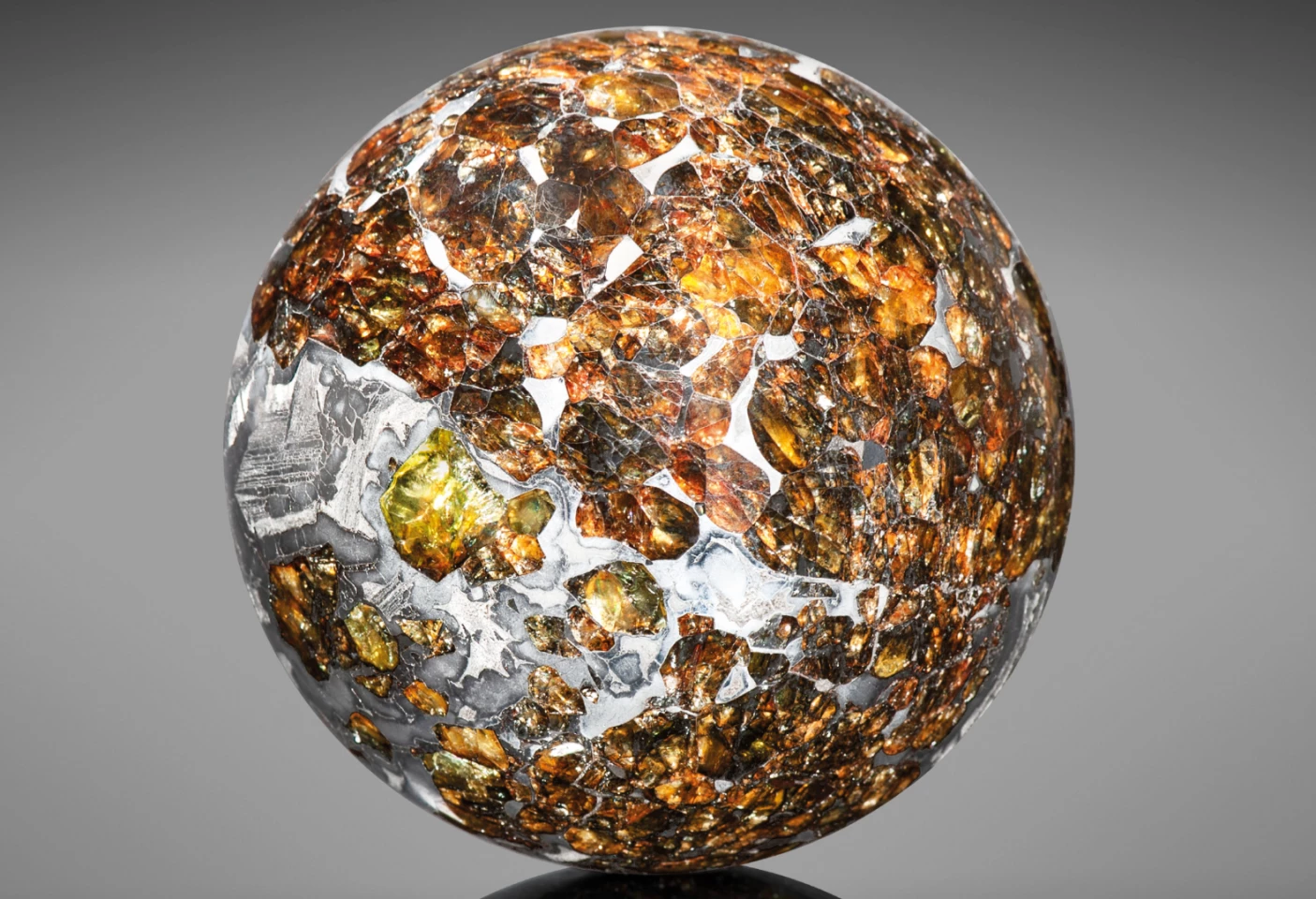
Price: $12,696 (£10,000) | Auction Link
This spectacular amber-hued olivine and peridot crystal specimen originates from a Seymchan meteorite sample found in Siberia in 1967. The sample has been made into a 2 ½ inch (63mm) sphere weighing 687 grams.
Albert Einstein by Salvador Dalí
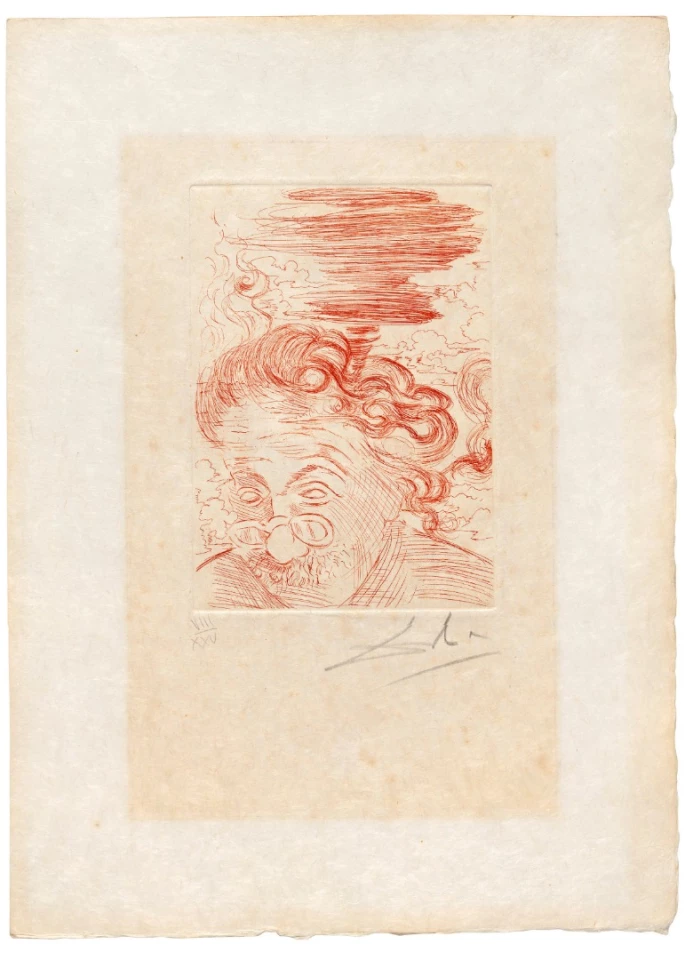
Price: $18,998 (£15,000) | Auction Link
An etching of Albert Einstein by Salvador Dalí from his "Famous Men" series of 1968, and numbered 8 of 25, this sketch was estimated to sell for between £1,000 and £1,500 (US$1,260 to $1,890) but fetched an order of magnitude more.
A letter of condolence by Albert Einstein
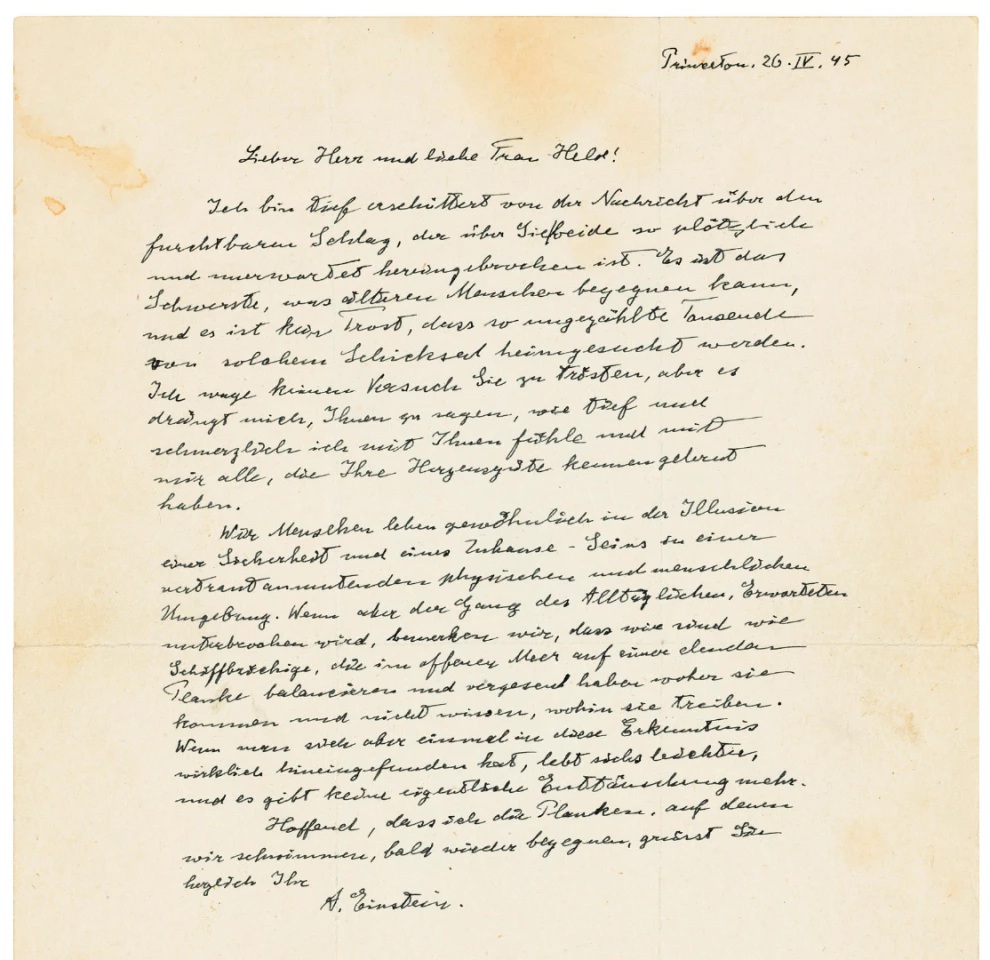
Price: $28,496 (£22,500) | Auction Link
This letter to Dr Isidore Held offers a touching glimpse into the deep humanity of Albert Einstein. Held was a noted New York doctor and philanthropist who had collaborated with Einstein to assist Jewish refugees from Nazi Germany. The Helds' son, Captain Abraham Held died whilst serving with US forces in Germany on April 8, 1945, exactly a month before the end of the war in Europe.
Einstein declares himself "deeply shaken by the news of the terrible blow that has so suddenly and unexpectedly broken in upon you. It is the hardest thing that older people can encounter, and it is no consolation that such countless thousands are afflicted by similar fates. I dare not try to comfort you ..."
He goes on with a remarkable image of human life: "We human beings habitually live in the illusion of safety and being at home in a familiar physical and human environment. But when the path of the everyday and the expected is interrupted, we realize that we are like ship-wrecked beings who balance in the open sea on a wretched plank and have forgotten where they come from and do not know where they are drifting to. But once one has really found one's way into this realization, one lives more easily, and there can be no further real disappointment."
Source: Christie's

























